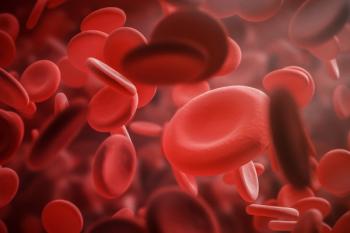
Vizient Report Highlights Drug Pricing Trends
Vizient provides drug price estimates for pharmaceutical products used across multiple health system settings.
A new Vizient report highlights trends in drug pricing for pharmaceutical products used across multiple health system settings.
Drug price increases remain prevalent in the oncology and rheumatology therapeutic areas, while use of other high-cost drugs appears to have surged in light of the coronavirus disease 2019 (COVID-19) pandemic. However, the report also points to an overall trend toward moderation of price increases and the projected effects of biosimilar and generic competition in the marketplace.
The Winter 2021 Vizient Pharmacy Market Outlook provides estimates of the changes in drug prices that Vizient Pharmacy Program participants will be purchasing between July 1, 2021 and June 30, 2022.
According to the report, Vizient projects a 2.67% increase in the price of pharmaceuticals purchased by health systems, academic medical centers, pediatric hospitals, and non-acute practices during this time frame.
The report states the top 10 drugs by total spending among Vizient members:
- Adalimumab (Humira)
- Pembrolizumab (Keytruda)
- Rituximab (Rituxan)
- Infliximab (Remicade)
- Ustekinumab (Stelara)
- Nivolumab (Opdivo)
- Denosumab (Prolia, Xgeva)
- Etelcalcetide hydrochloride (Parsabiv)
- Ocrelizumab (Ocrevus)
- Alteplase (Activase)
Overall, oncology drugs and disease-modifying antirheumatic drugs (DMARDs) continue to dominate the list. Oncology medications are projected to increase overall by 2.68%. Given the decreased rates of cancer screenings documented in April of last year, studies suggest an increase in new cancer incidences and mortality even as screening rates recover.
However, the report noted that the estimated price change for DMARDs is substantially higher as a result of the increases projected for adalimumab (Humira; AbbVie) and etanercept (Enbrel; Amgen). Adalimumab also topped Vizient’s list of projected price increases by size, as its cost is expected to jump 7.5% over the next 18 months
“This pattern is expected to continue until effective biosimilar competition enters the market,” the report said.
Biosimilars for adalimumab will be launched in 2023, once patent settlements expire. It is estimated that, between 2020 and 2024, biosimilar availability and use may result in savings of $104 billion; this projection is driven largely by the eventual entrance of these adalimumab biosimilars.
Vasopressin (Vasostrict), a vasoactive medication for critically ill patients with low blood pressure, emerged as the drug with the second highest projected price increase. Following a recent FDA approval of a new formulation, vasopressin was granted market exclusivity through 2035.
Still, prices for injectable acetaminophen, daptomycin, and regadenoson are expected to substantially decrease, highlighting the importance of generic and biosimilar competition in the marketplace, according to Vizient.
The COVID-19 pandemic has also put pressure on the plasma market due to a reduction in plasma donations. This will likely be reflected in the pricing for intravenous immune globulin (IgIV), according to the report.
“Member organizations that have not already done so should review their mitigation strategies for limited IgIV supply,” the report said.
Reference
- Vizient. Winter 2021 Pharmacy Market Outlook. January 2021. Accessed January 27, 2021.
https://www.vizientinc.com/-/media/documents/sitecorepublishingdocuments/public/PMO121_PharmacyMarketOutlook_Public.pdf?utm_source=PR&utm_medium=PMOpublicPDF&utm_campaign=PMO121
Newsletter
Pharmacy practice is always changing. Stay ahead of the curve with the Drug Topics newsletter and get the latest drug information, industry trends, and patient care tips.



































































































































